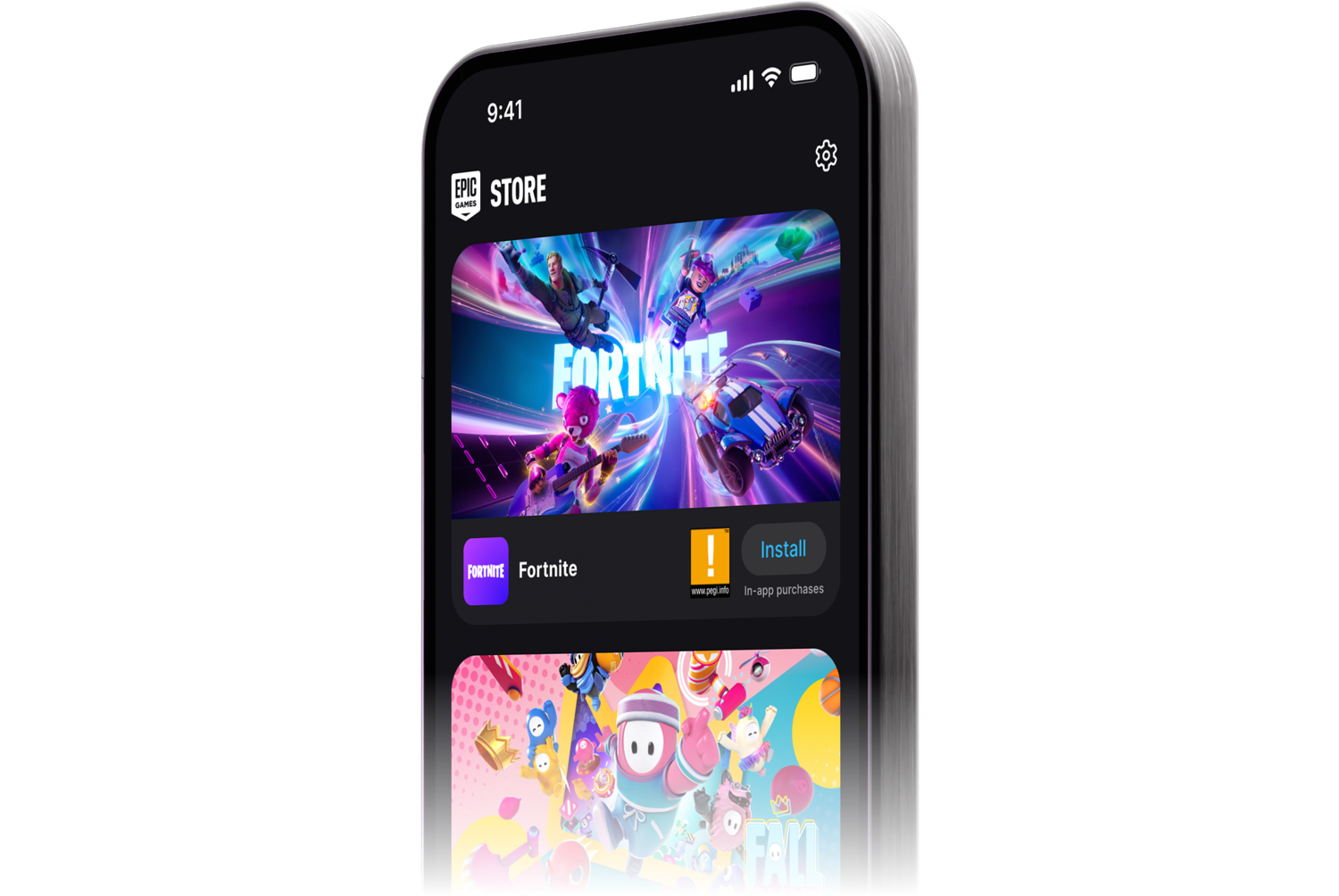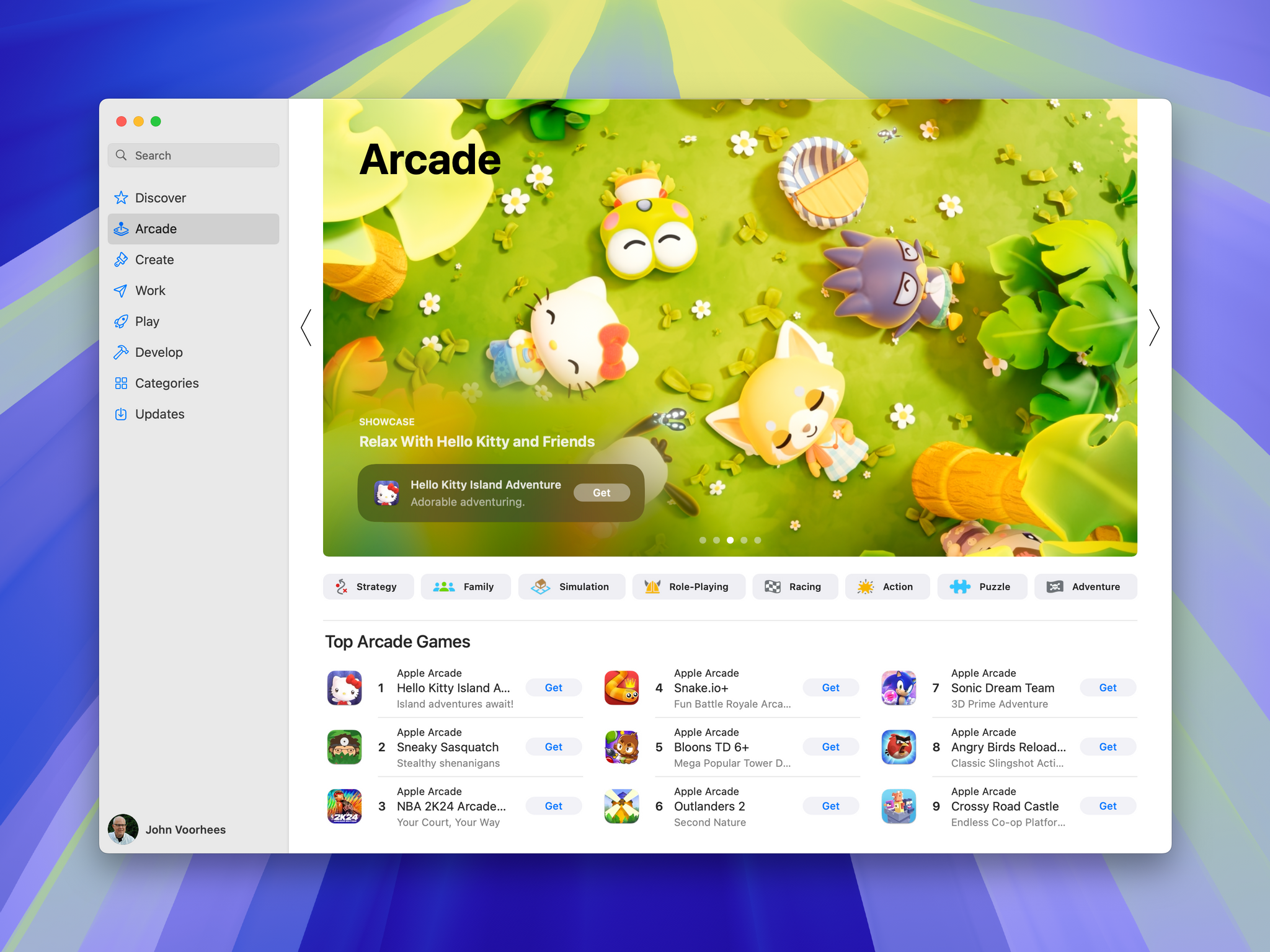Allison Johnson, writing for The Verge on the latest EU-mandated and Apple-designed changes to iOS in Europe:
They’re getting all kinds of stuff because they have cool regulators, not like, regular regulators. Third-party app stores, the ability for browsers to run their own engines, Fortnite_,_ and now the ability to replace lots of default apps? I want it, too! Imagine if Chrome on iOS wasn’t just a rinky dink little Safari emulator! Imagine downloading a new dialer app with a soundboard of fart sounds and setting it as your default! Unfortunately, Apple doesn’t seem interested in sharing these possibilities with everyone.
And:
It’s starting to look like the company sells two different iPhones: one for people in Europe, and one that everyone else can buy. That’s weird, especially since keeping things simple and consistent is sort of Apple’s thing. But the company is so committed to keeping the two separate that it won’t even let you update apps from third-party app stores if you leave the EU for more than a month.
As I wrote on Threads (much to the disbelief of some commentators), I personally feel like the “DMA fork” of iOS is the version of iOS I’ve wanted for the past few years. It’s still iOS, with the tasteful design, vibrant app ecosystem, high-performance animations, and accessibility we’ve come to expect from Apple; at the same time, it’s a more flexible and fun version of iOS predicated upon the assumption that users deserve options to control more aspects of how their expensive pocket computers should work. Or, as I put it: some of the flexibility of Android, but on iOS, sounds like a dream to me.
Apparently, this thought – that people who demand options should have them – really annoys a lot of (generally American) pundits who seemingly consider the European Commission a draconian entity that demands changes out of spite for a particular corporation, rather than a group of elected officials who regulate based on what they believe is best for their constituents and the European market.
That point of view does Apple a disservice: rather than appreciating how Apple is designing these new options and collaborating with regulators, some commentators are just pointing fingers at a foreign governmental body. From my European and Italian perspective, it’s not a good look.
I think that Apple is doing a pretty good job with their ongoing understanding of the DMA. It’s a process, and they’re doing the work. I don’t find the installation of third-party marketplaces as horrible as others have painted it, and I’m excited about the idea of more default apps coming to iOS. Whether you like it or not, this is the world we live in now. A law was passed, and iPhones (and iPads soon) must be made more versatile. As a result, iPhones are more fun for people like me (a clipboard manager! Fortnite!), while very little has changed for those don’t care about new options.
Apple is adapting to this new reality. Perhaps more folks in the Apple community should, too.



